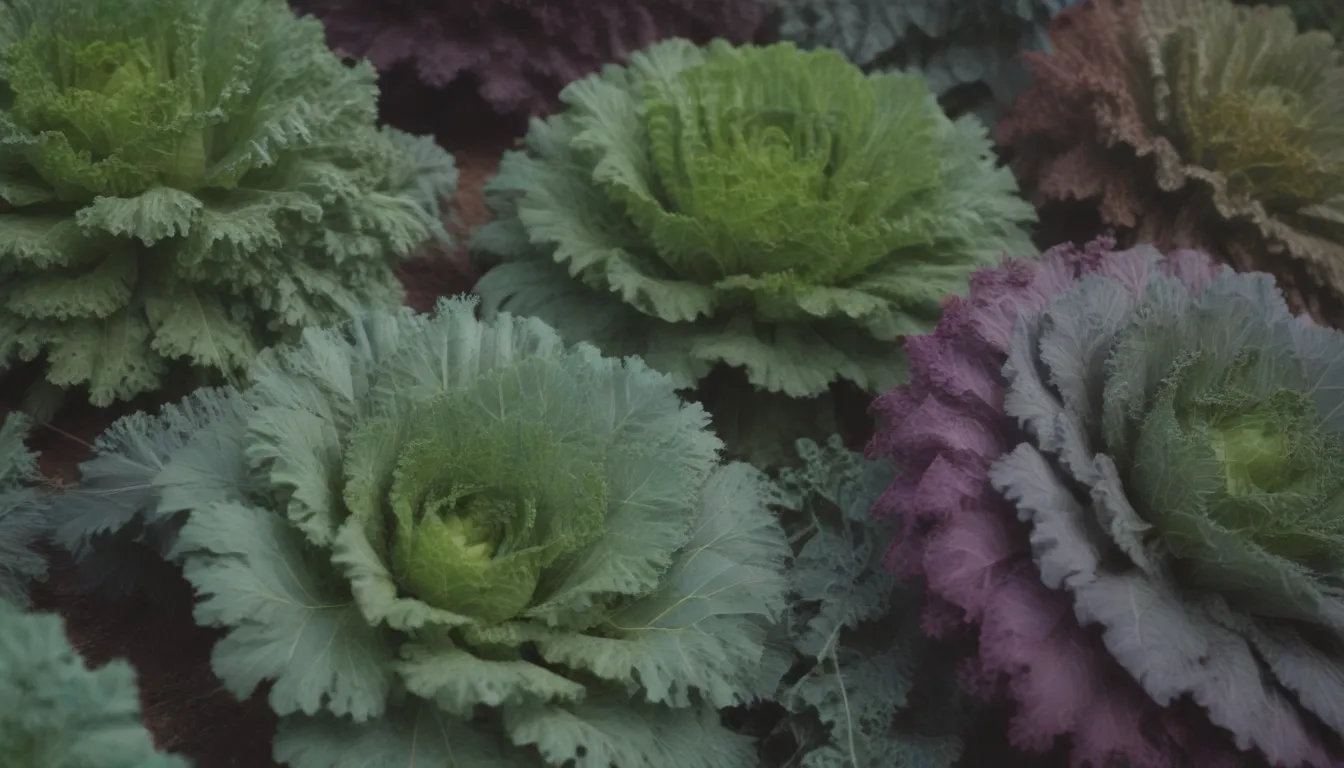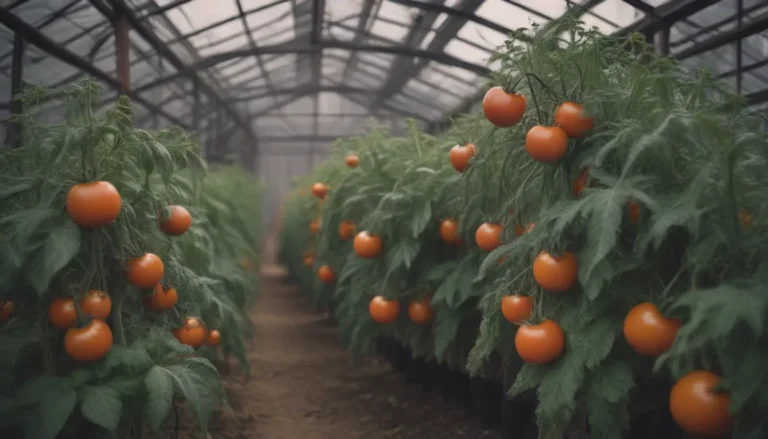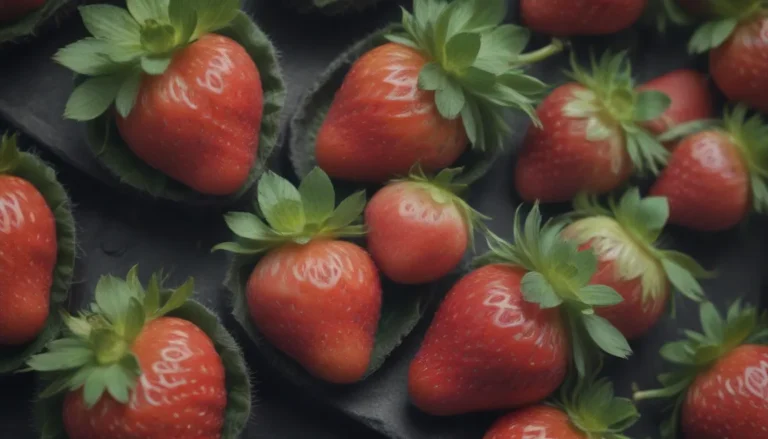A Comprehensive Guide to 21 Types of Kale Varieties to Grow in Your Garden

Are you looking to cultivate your own kale, but feeling overwhelmed by the multitude of varieties available? Fear not, for we have compiled a detailed list of 21 types of kale that are perfect for your garden. Kale is not only a nutritious and versatile vegetable but also is often plagued by pesticide residues when purchased from stores. By growing your own kale, you can ensure a fresh and healthy harvest for you and your family.
Why Grow Your Own Kale?
Growing your own kale has numerous advantages, with freshness and safety being at the top of the list. When you cultivate your own kale, you have full control over the growing conditions and can avoid the harmful pesticides often found in store-bought produce. Additionally, gardening can be a rewarding experience that allows you to connect with nature and enjoy the fruits of your labor.
Understanding Different Kale Varieties
Kale is botanically classified into two species: Brassica oleracea (Acephala group) and Brassica napus (Pabularia group). Within these species, a plethora of kale varieties exist, each with its own unique characteristics and flavors. To help you navigate this kale jungle, we have highlighted 21 distinct types of kale that you can consider growing in your garden.
Tips for Growing Kale
Before we delve into the different kale varieties, here are some general tips to keep in mind when growing kale:
– All kale varieties are cultivated in a similar manner.
– Kale is cold-tolerant, with its flavor enhancing after exposure to fall frosts.
– Some kale varieties are more winter-hardy than others.
– There are size variations among kale varieties, offering flexibility in harvesting baby leaves or mature foliage.
Now, let’s explore the diverse world of kale varieties:
1. Early Hanover (Brassica napus ‘Premier’)
- Leaves: Extra-large, smooth leaves up to a foot long.
- Plant height: Upright and compact.
- Days to maturity: Slower to bolt in summer.
2. Ragged Jack (Brassica napus ‘Red Russian’)
- Leaves: Tender oak-shaped leaves.
- Plant height: Cold-hardy with pretty purple-red stems.
- Days to maturity: Sweet flavor after fall frosts.
3. Red Ursa (Brassica napus ‘Red Ursa’)
- Leaves: Frilly broad leaves with rich color.
- Plant height: Stabilized cross between Red Russian and Siberian kale.
- Days to maturity: Bolt-resistant with deep purplish-red stems.
4. True Siberian (Brassica napus ‘Siberian Kale’)
- Leaves: Moderately frilly and cold-hardy.
- Plant height: Very cold-hardy with Dwarf Siberian variety available.
- Days to maturity: Harvest after frost for best flavor.
5. White Russian (Brassica napus ‘White Russian’)
- Leaves: Especially cold-hardy Siberian kale.
- Plant height: Open-pollinated and grown with Red Russian kale.
- Days to maturity: Cold-hardy variety.
6. Black Magic (Brassica oleracea ‘Black Magic’)
- Leaves: Long, upright leaves for easy harvesting.
- Plant height: Continuously harvested during summer.
- Days to maturity: Lacinato-type open-pollinated kale.
7. Dwarf Blue Curled Scotch (Brassica oleracea ‘Blue Scotch’)
- Leaves: Compact, upright growth habit.
- Plant height: Resistance to yellowing in cold and hot weather.
- Days to maturity: Slow to bolt variety.
8. Dazzling Blue (Brassica oleracea ‘Dazzling Blue’)
- Leaves: Hardier Lacinato-type kale.
- Plant height: Smoky-blue leaves with purple midribs.
- Days to maturity: Color intensifies in cold weather.
9. Madeley (Brassica oleracea ‘Madeley’)
- Leaves: Large, tender leaves with sweet flavor.
- Plant height: Open-pollinated British heirloom kale.
- Days to maturity: Harvest kale raab in the spring.
10. Meadowlark (Brassica oleracea ‘Meadowlark’)
- Leaves: Cold-hardy German kale with tender leaves.
- Plant height: Narrow, short leaves on tall plants.
- Days to maturity: Easy-to-remove ribs.
11. Toscano (Brassica oleracea ‘Nero di Toscana’)
- Leaves: Popular Italian Dinosaur kale.
- Plant height: Blistered leaves up to 2 feet long.
- Days to maturity: Dates back to the early 1800s.
12. Perennial Kale (Brassica oleracea var. ramosa)
- Leaves: Ornamental variegated leaves with nutty taste.
- Plant height: Hardy in USDA zones 6-9.
- Days to maturity: Lives up to five years.
13. Arun (Brassica oleracea ‘Arun’)
- Leaves: Straight midribs and stems for easy de-ribbing.
- Plant height: Large leaves for hot weather.
- Days to maturity: Hybrid kale variety.
14. Portuguese Kale (Brassica oleracea ‘Beira’)
- Leaves: Key ingredient in Portuguese kale soup.
- Plant height: Large, waxy leaves forming a loose head.
- Days to maturity: Longest growing season among kale varieties.
15. Darkibor (Brassica oleracea ‘Darkibor’)
- Leaves: Dutch hybrid with very curly leaves.
- Plant height: Short, compact plant.
- Days to maturity: Excellent cold-hardiness.
16. Mamba (Brassica oleracea ‘Mamba’)
- Leaves: Lacinato-type hybrid kale for robust plants.
- Plant height: Improved tolerance to cold and wind.
- Days to maturity: Uniform growth habit.
17. Prizm (Brassica oleracea ‘Prizm’)
- Leaves: Short leaves with almost no stems.
- Plant height: Stemless stalks for easy cooking.
- Days to maturity: 2016 AAS winner.
18. Redbor (Brassica oleracea ‘Redbor’)
- Leaves: Attractive red kale for edible eye-catcher.
- Plant height: Frilly leaves turning purple in cold weather.
- Days to maturity: Hybrid kale variety.
19. Scarlet (Brassica oleracea ‘Scarlet’)
- Leaves: Ruffled leaves suitable for baby leaves or mature plants.
- Plant height: Open-pollinated for seed-saving.
- Days to maturity: Less uniform growth habit.
20. Starbor (Brassica oleracea ‘Starbor’)
- Leaves: Short and compact plants for containers.
- Plant height: Individual leaf harvesting.
- Days to maturity: Suitable for small spaces.
21. Winterbor (Brassica oleracea ‘Winterbor’)
- Leaves: Hardy kale variety with mild flavor.
- Plant height: Short and compact plant.
- Days to maturity: Thrives after fall frosts.
This comprehensive guide to 21 types of kale varieties aims to assist you in selecting the perfect kale for your gardening needs. Whether you prefer cold-hardy Siberian kale or striking Dutch hybrid varieties, there is a kale type to suit every garden. By growing your own kale, you can enjoy fresh, pesticide-free produce while honing your green thumb skills.
Remember, gardening is a journey, and each kale variety offers a unique experience. So, roll up your sleeves, grab your gardening tools, and start cultivating your kale garden today! Happy gardening!





